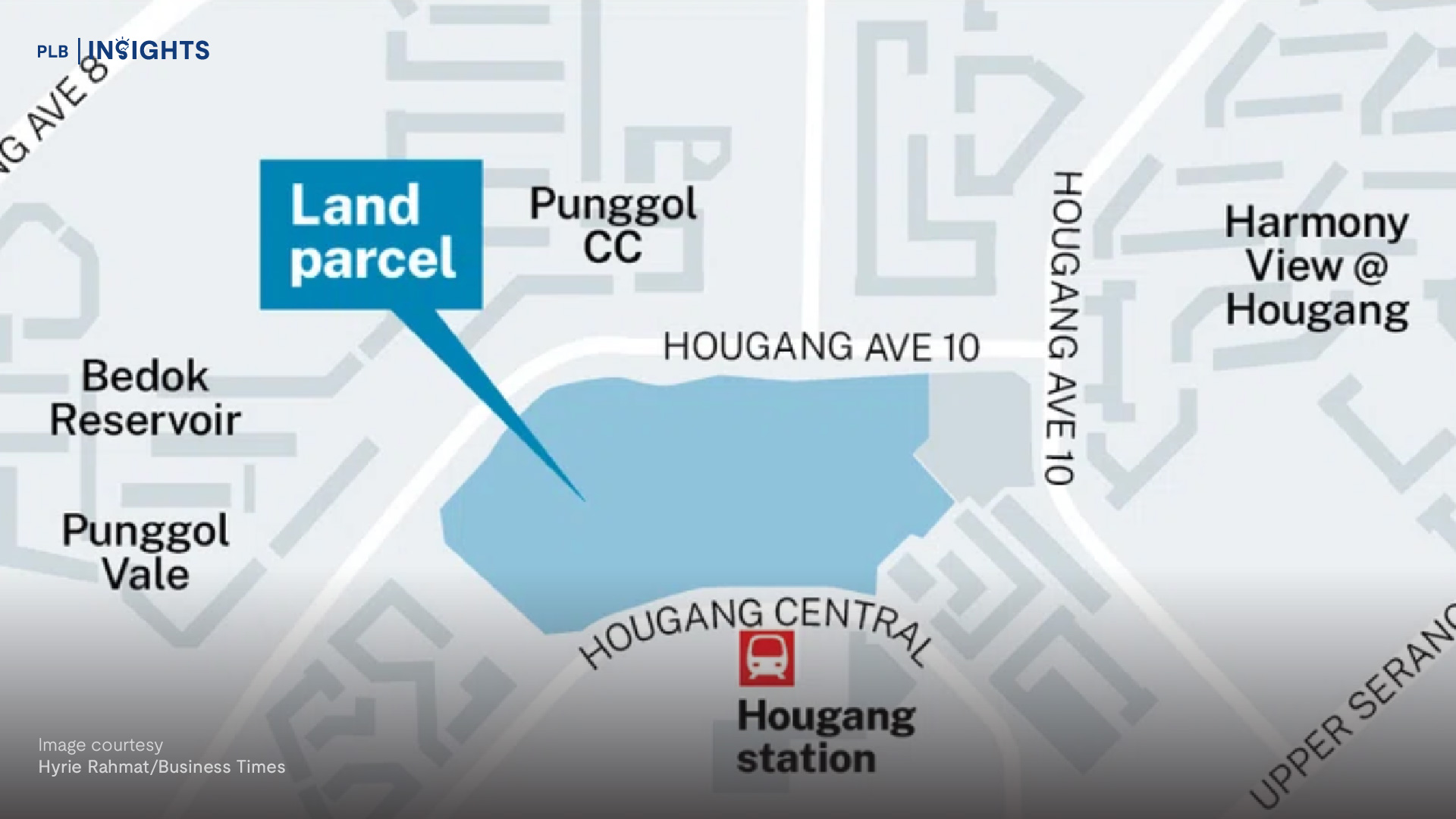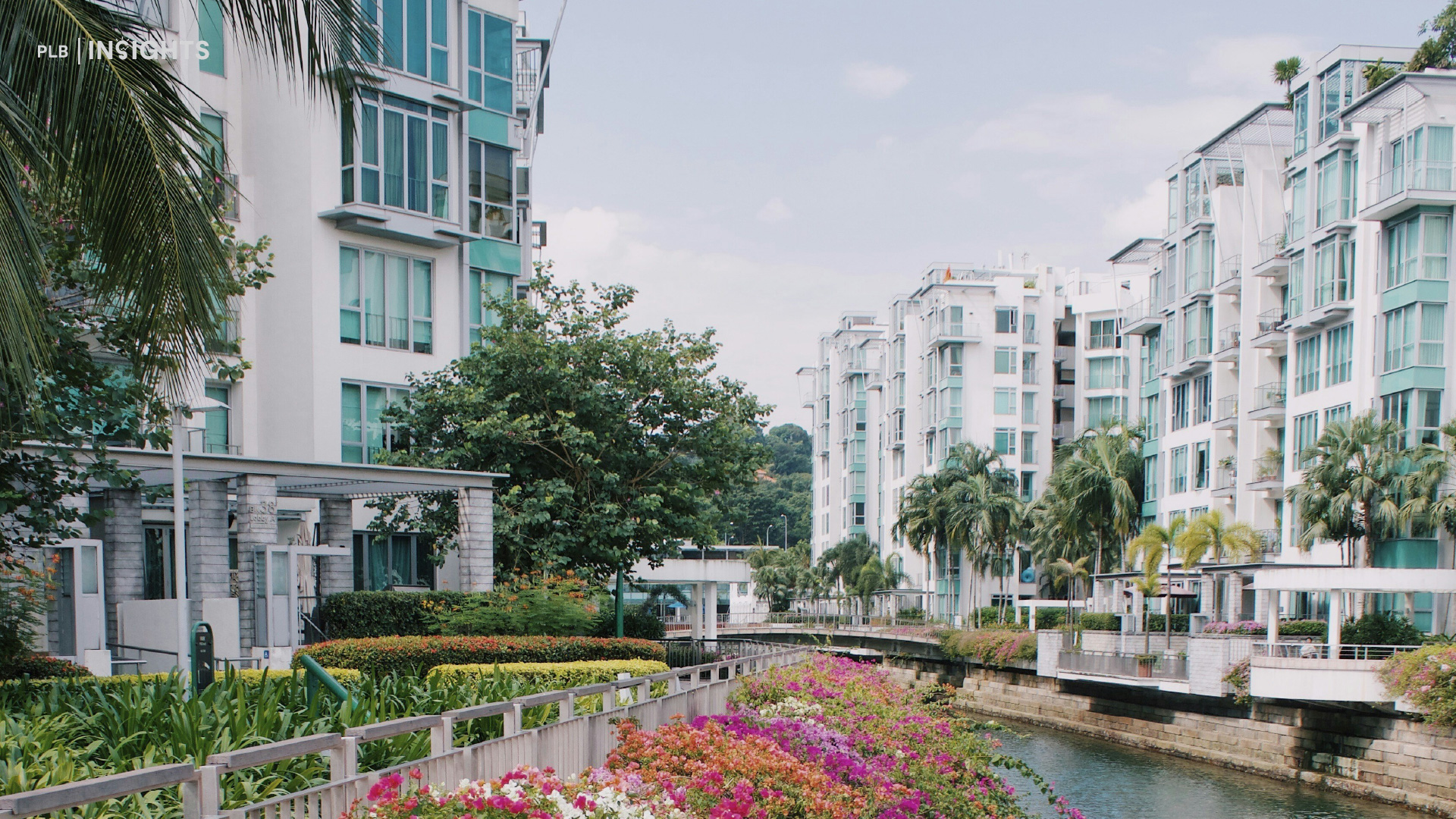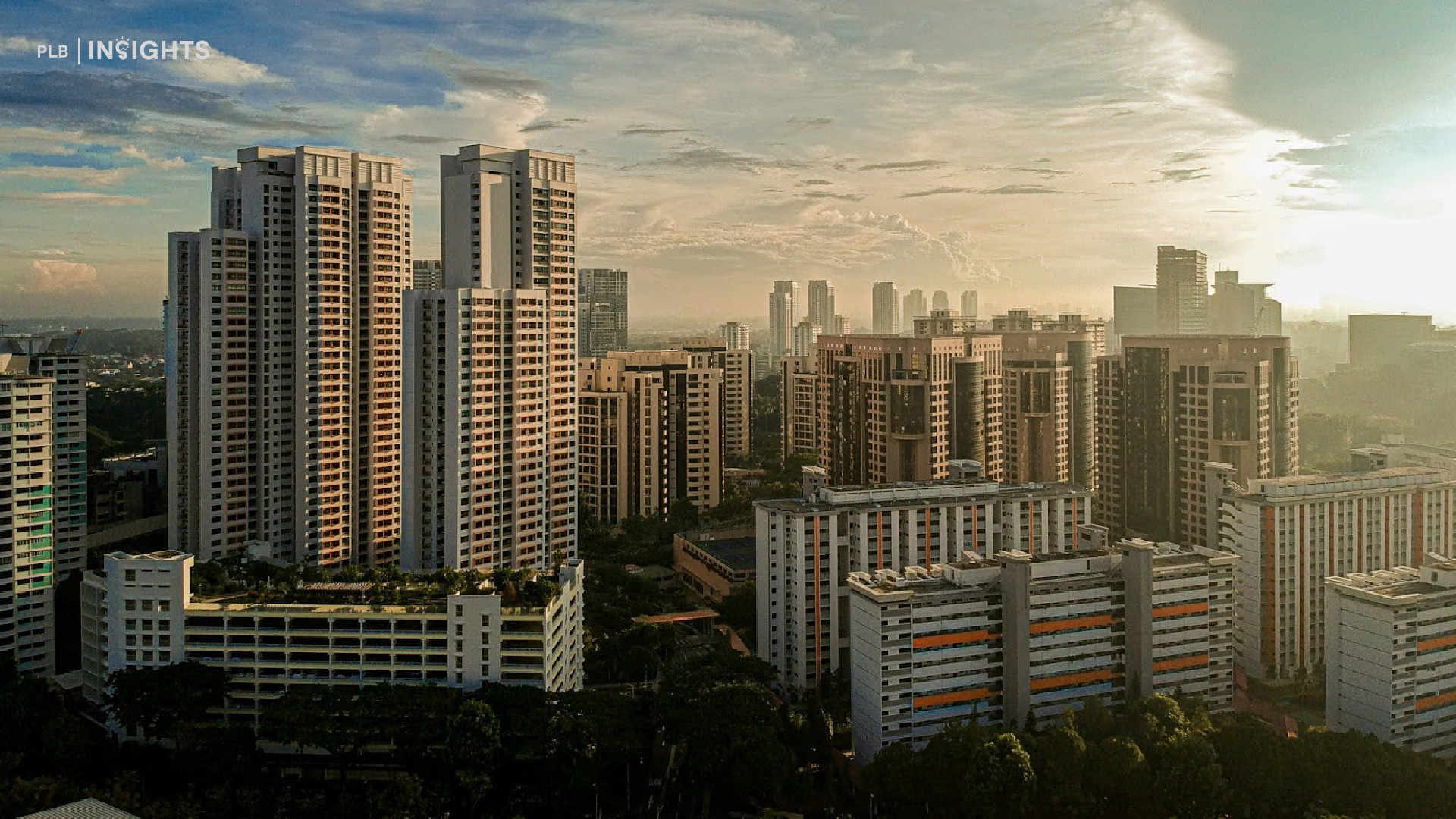
The property market is booming. Agents and investors alike charm with propositions of multiple homes that lead to higher incomes and an early and more comfortable retirement. People around you have purchased additional properties and you are starting to wonder about getting a second property.
We can see why this is attractive. Multiple properties across different asset classes and markets provide security in a turbulent market. With a diversified portfolio, we are better able to not only withstand market fluctuations but capitalise on favourable market conditions. Investing in two or more smaller properties instead of a single expensive one, affords us more flexibility and counter a very often illiquid asset. However, as with every investment decision, there lay a multitude of questions to first be addressed, before one can truly make an informed decision.
In this article, we answer your questions: Should I buy 2 properties? Why is buying 2 or more properties a good strategy? What should be my considerations when looking to purchase additional properties? We also address the age-old investment adage: sell one, buy two, providing a measure of the factors to consider before we find ourselves knee-deep in undesirable situations.
While diversification in real estate may come in the form of investment into real estate investment trusts (REITS), or into industrial or commercial properties, in this article we specifically look at diversification in the form of owning multiple residential properties.
Determining the objective of your second property.
There are several reasons why one might consider buying an additional property. Listed below are the most commonly cited reasons for buying a second residential property.
1. Holiday house
After purchasing a forever home for residential use, many start to look at a second home, quite possibly as a holiday home, for vacation purposes. While this may be common in other countries, Singaporeans who purchase a second home in our little red dot are more likely to do it for the reasons stated below.
2. Profit from rental
More and arguably most commonly, investors purchasing a second home are looking at homes that generate rental income, converting active income to passive income. Already having secured a retirement home, this group of buyers look to purchase an additional home as investment. Buyers in this group then prioritise location and amenities and are less likely to look at tenure, for example.
3. Profit from reselling
Again a third group of investors look at the possibility of buying and subsequently selling the property at a higher price. Colloquial slang terms this as “flip and sell”, where buyers purchase homes that have the potential to be resold for a higher price and hold the property until they find an opportune time. This group of people find themselves concerned with market trends, government regulations and URA’s development plans, macro factors that can determine the price of a property.
Having a clear rationale behind the purchase guides our decision of the type of property, as well as other important factors such as location and tenure. With select properties, they sit themselves well with certain locations and market conditions. It is therefore up to the prudent purchaser to make clear his/ her objective before making the purchase.
Why is buying 2 or more properties a good strategy?
So why is buying 2 or more properties a good strategy? Let’s take a look at a few key reasons that spur investors to purchase a second home.
1. Lower entry costs:

Buying 2 or more properties helps to lower the entry costs into the real estate market. With the vibrant property market, we are seeing more investors look towards real estate as part of their passive income strategy. While some new investors may decide to purchase high value properties, it is more likely that a large group of investors may not be comfortable with committing their entire capital into a single project. Thus, starting out with multiple small purchases helps investors build confidence and familiarity in the real estate market by lowering the barrier to entry.
2. Diversification

Arguably, the most important reason for having multiple properties in your real estate portfolio is to diversify – splitting your eggs in many baskets. While this is an important consideration in any investment portfolio, the same concept is applicable to real estate portfolios. Diversification here reduces the volatility that the investor experiences, and protects the overall value of one’s portfolio. This can come in the form of owning multiple property types (HDB, condominiums, landed, commercial) or owning properties in different districts (Core Central Region, Outside Central Region).
In the event that the real estate market changes due to government policy, demographic changes and the economy, the value of each property in the portfolio will change significantly, but the overall value will change only slightly as they all balance out. Of course, the lower risk also means that large, sudden, increases in portfolio value is less likely. However, in the long run, all properties should benefit from the increase in real estate prices.
From a similar vein, diversification also gives the investor more options for profiting from region and property specific surges in demand. For example, from 2013 to 2017, property prices in District 11 (Newton) decreased by 3% while prices in the neighbouring District 20 (Ang Mo Kio) increased by 15%. Here, an investor holding multiple properties in Newton and Ang Mo Kio rather than a single property in Newton, would benefit from increased rents in Ang Mo Kio even if their other property price remained mostly flat. They could also choose to sell and profit from their property in Ang Mo Kio first, while waiting for prices in Newton to rise.
3. Liquidity:

Financial liquidity is the simplicity with which any asset can be converted into ready cash either to spend or to invest. As an investor, liquidity is important as we want to be able to capitalise on the market and quickly convert our assets into cash should an opportune time arise.
While the real estate market is frequently characterised as being illiquid – it takes a long time to buy and sell a property – buying two smaller properties instead of one big one can help deal with this issue. In the event that we are purchasing to flip and sell, sellers may find that smaller properties are higher in demand and hence easier to sell, giving an advantage for the real estate investor.
Another important factor that investors look out for is being able to reshuffle their portfolio quickly. Apart from buying to sell, investors with multiple properties are looking at a positive cash flow on a monthly basis. Having several properties allows the seller to cash out without sacrificing their entire rental income. This provides more flexibility in determining when and how much of one’s property portfolio to sell. Conversely, when doing investment adjustments to a portfolio that consists of a single landed property, one is forced to sell your entire holding and lose their only rental source. Generally, the more properties one owns, the more stable their rental income can be.
2 things to consider before buying a second property
Other than the purpose of purchase, investors also need to consider their investment horizons and personal financial capabilities to back their purchases in the event of erratic market changes.
While there are many upsides to owning a second property, there are several considerations to be had before one starts writing the cheque for their second property’s down payment.

1. Eligibility:
Assuming you have established intention – you know the objective behind getting a second property and hence the type of property to purchase, let’s take a look at buyer eligibility. Here, our chief consideration is the first property that you own. Homeowners of private properties are free to purchase a second home with no legal implications, but owners who are currently staying in HDB flats will need to fulfil a set criteria before they can purchase a second home.
For example, all HDB flats come with a 5-year Minimum Occupation Period (MOP) requirement, necessitating that the owners live in their flats for a minimum period of 5 years, before they can rent, sell or purchase a second property.
Additionally, only Singaporeans are eligible to own both a HDB flat and a private property at the same time. Singapore Permanent Residents (PRs) have a 6 months grace period to sell off their HDB following purchase of a private property.
2. Affordability:
Apart from eligibility, one also has to consider their cash flow. How are you paying for the property? Will you be getting the additional property in full cash or getting a bank loan? Will the rental still be profitable after paying the minimum cash down? These are key questions to ask to ensure our second property remains an investment, not a liability.
-
Additional Buyer’s Stamp Duty
First and most importantly, buyers who purchase a second property need to pay additional buyer’s stamp duty (ABSD). ABSD of 20% will apply to Singaporeans when purchasing their second property, while PRs buying their first property need to pay an ABSD rate of 5%, and 30% on top of the purchase for their second property. Here, foreigners face a hefty tax of 60% ABSD for any residential property purchase. Given the current ABSD rates, a Singapore Citizen looking to purchase a second property valued at S$1 million needs to fork out an ABSD of S$200,000 (20%), on top of the prevailing buyer’s stamp duty.
-
Minimum cash down payment
A second home purchase also requires a heavier cash down payment: 25% as compared to 5%. Given a property that is valued at S$1 million, a buyer is looking at a $250,000 cash for down payment, something that is to be considered.
-
Total Debt Servicing Ratio
Another key consideration is the Total Debt Servicing Ratio (TDSR) framework, which limits the amount a buyer can loan to. Under this framework, home buyers can only borrow up to 60% of their gross monthly income, after deducting outstanding debt such as personal or car loans and credit card balances. Buyers who are still repaying home loans for their first property purchase, may hence find it hard to finance their second property. Even if one has repaid their mortgage for the first property in full, they would still have to ensure that their monthly housing loan repayments and other monthly obligations do not exceed 60% of their monthly income.
-
Loan-to-Value (LTV) Ratio
Lastly, the loan-to-value (LTV) ratio for buyers purchasing a second property drops to as low as 30-45% as compared to the initial 75% for one’s first property. In other words, for a property valued at S$1 million, a buyer can only loan up to a maximum of S$450,000.
Sell one buy two
For investors who want to get started on owning multiple properties, the sell 1 buy 2 method may be a common one floating around the real estate stratosphere. We’ve also gone in-depth on avoiding ABSD in our previous article, Five ways to avoid ABSD for property investors.
Sell-1-Buy-2 is a method for acquiring 2 properties when upgrading from a single HDB after the MOP period. Through this method, a married couple uses the proceeds from the sale of their first property to separately finance 2 new properties without having to pay ABSD of 20% on each of them. Here, many couples practice decoupling to avoid the additional ABSD tax, as both properties would be considered a first of each of them. This allows the couple to upgrade to a more valued home and gain another property that can serve as an investment.
However, this comes with risks that, as MAS has warned, are not trivial. This method assumes that the couple has stable dual-income to pay for their separate mortgages and that they are also able to qualify for the maximum 75% LTV financing. Decoupling also means a lower TDSR, as the income is calculated based on a single person’s income, and not the couple’s combined salary. The sale of the initial HDB must also be sufficient to pay back the funds used from their CPF account from the initial purchase. Despite these hurdles, MAS warns that it is also not guaranteed that the second investment property will appreciate in price, or that the rental income will be stable.
At the end of the day…
While we consider ourselves strong proponents of diversification, there are several important factors to consider when one is looking to purchase a second property. With different motivations and financial standings, there lies several options for the real estate investor, some more favourable than others.
If you are looking to purchase your second property, do not hesitate to contact us at PropertyLimBrothers, we’re always happy to show you the place.
Disclaimer: The information provided in this article is accurate as of the date of publication and is based on the rules and regulations concerning stamp duty rates and taxes in effect at the time. While we strive to update our past articles diligently, please be aware that tax laws and regulations can change frequently, and it is essential to verify the most current rules and guidelines from the relevant government authorities or consult with a qualified professional for the latest updates and accurate advice.









